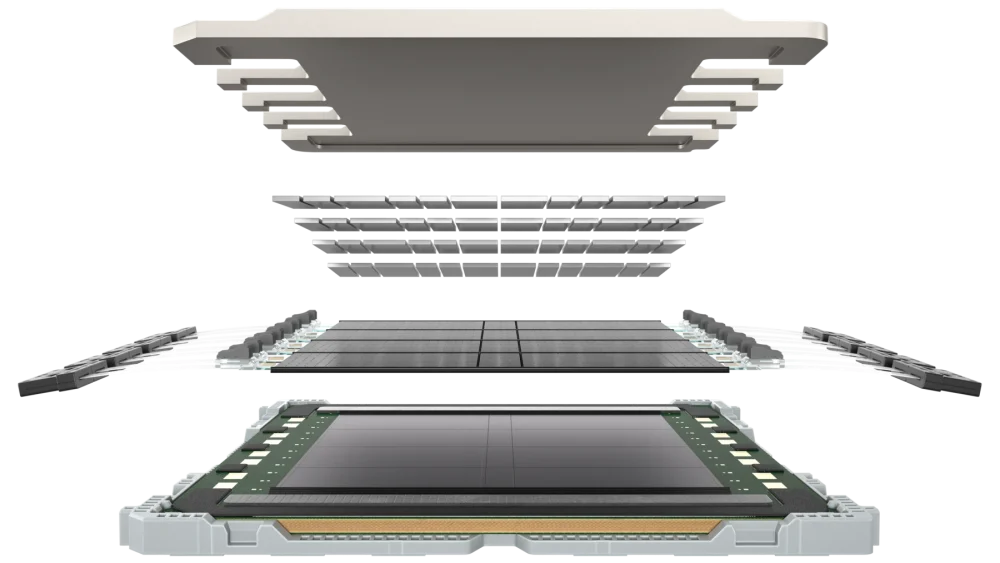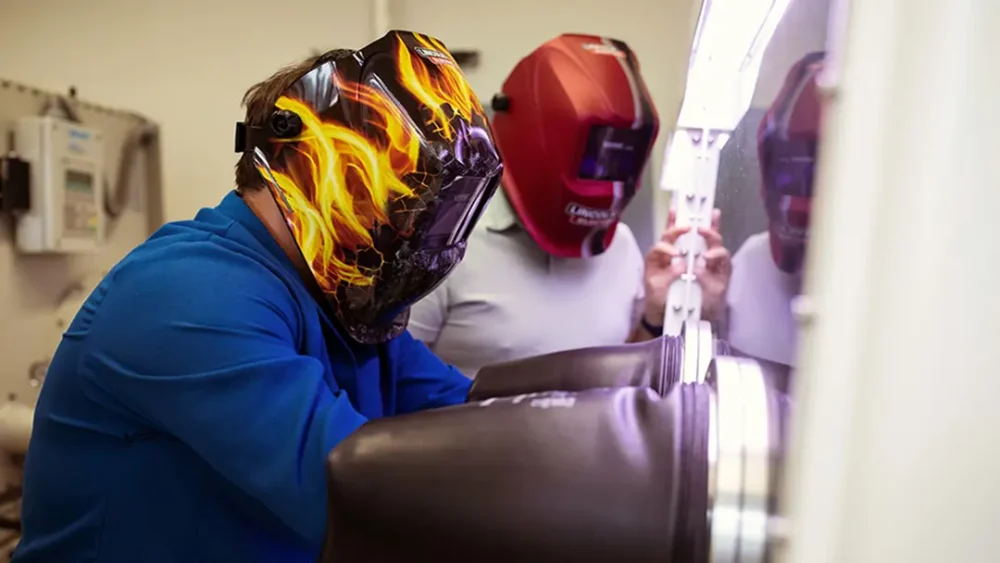Lightmatter’s tech is essentially about swapping electrons for photons — and that’s a paradigm shift. Optical interconnects, especially using silicon photonics, can transfer massive amounts of data much faster and with significantly less power loss than traditional electrical signaling. That’s not a marginal upgrade — an engineering superpower in the AI arms race.
Think of it like this: If today’s chip-to-chip communication is like yelling across a crowded room, Lightmatter’s optical interposers are like having a private fiber line for every conversation.
💡 What This Means for the Industry
-
Bottlenecks? Obliterated.
AI workloads—especially LLMs and generative models—thrive on massive parallelism. But even the most powerful GPUs choke if they can’t communicate fast enough. Lightmatter’s interposer and chipset could smash those bandwidth walls and drastically reduce latency. -
NVIDIA and AMD? Eyes Wide Open.
AMD has already toyed with optical packaging, and NVIDIA, always the apex predator, just started to dabble. But Lightmatter has made the jump—and not just as a “cool research concept” but with commercial product roadmaps for 2025 and 2026. This puts immense pressure on chipmakers to either license, partner up, or compete aggressively. Whoever wins the chipset + optics integration race could control the future of AI infrastructure. -
Energy Efficiency Becomes a Game-Changer
Power consumption is the new scalability limiter. AI datacenters are eating up megawatts like candy. Light-based signaling significantly cuts power usage, especially for dense interconnects. That’s a direct blow to cooling costs, energy bills, and ecological impact. In short: this tech is green gold. -
Chiplet Revolution Gets Real
Modular design through chiplets is already changing the game. Now imagine stacking on top of an optical backbone. We’re heading toward LEGO-style AI compute, where companies can rapidly iterate, scale, and optimize using interchangeable silicon blocks — without getting bogged down by data movement constraints.
😱 The Risks and Wildcards
-
Maturity: Even NVIDIA’s Jensen Huang is cautious. Integrating photonics into high-yield commercial products is hard. Manufacturing yields, packaging complexity, and thermal challenges are all real.
-
Compatibility: Will these interposers and chiplets play nice with existing AI hardware ecosystems? Standardization will be key — or Lightmatter risks becoming brilliant… and isolated.
-
Big Players’ Response: If Intel, AMD, or NVIDIA sees this as too big to ignore, they could buy their way in, or out-innovate. That could either accelerate photonics adoption or crush smaller innovators.
🔥 Final Take
Lightmatter just lobbed a laser-guided grenade into the semiconductor industry. If they can deliver on even half of their promises, this could be the biggest shift in chip design since Moore’s Law began to slow. It’s not just about making AI faster — it’s about redefining how AI thinks, learns, and scales.
In a world where speed is everything, Lightmatter might just be the fastest light in the room.


